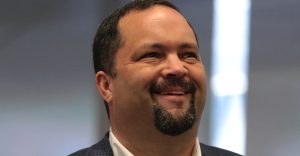Bay Area
A Safe Place Addresses Re-Entry Issues for Women, Gives 2019 Community Champion Award
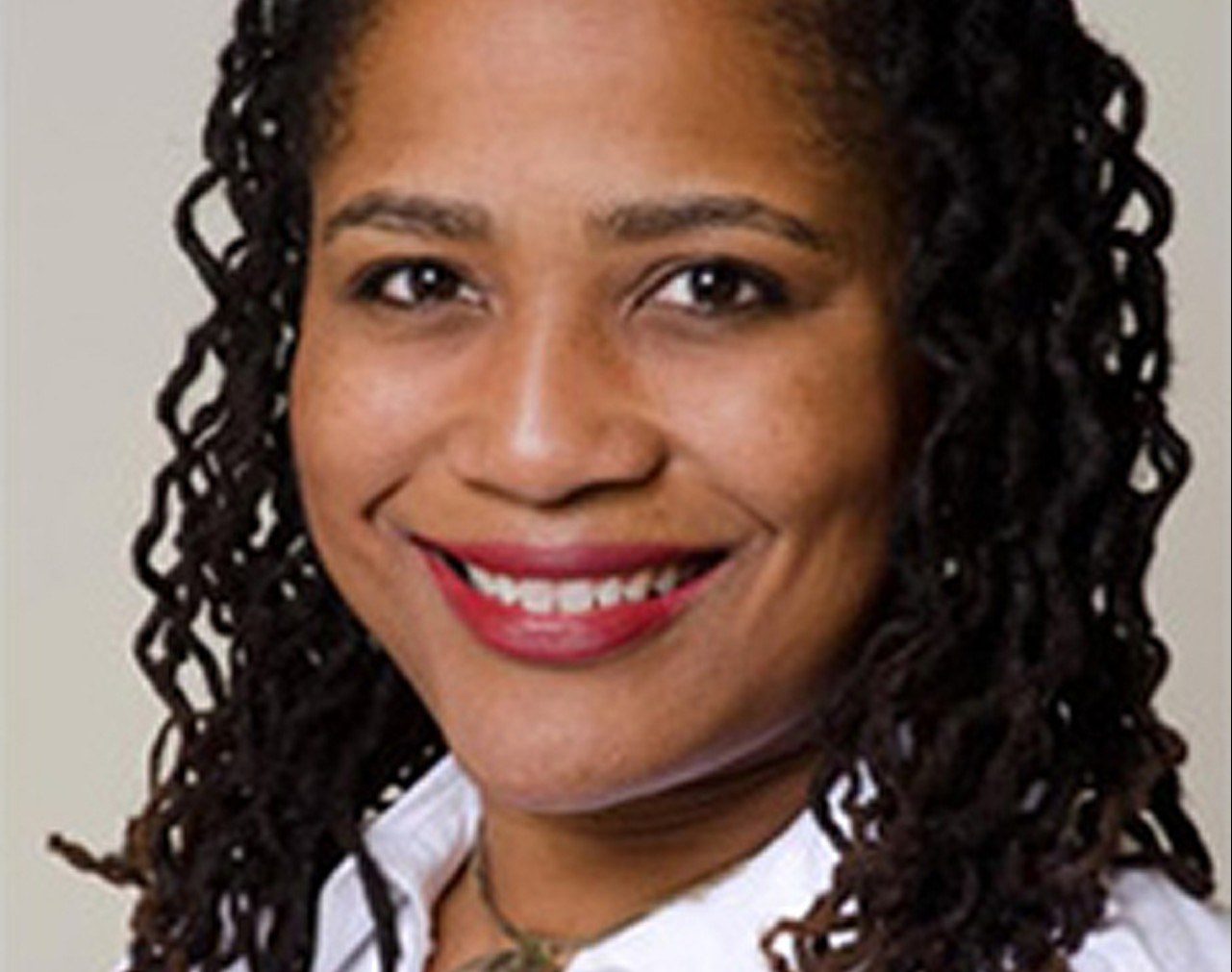
Domestic violence is a social epidemic and continues to plague communities and families. This year, A Safe Place, the only domestic violence crisis shelter in Oakland, created a new award for “Community Champions” and developed services to address the needs of formerly incarcerated women, many of whom were victims of such violence.
The award would be presented to those who have made significant contributions to violence prevention in the community, supported A Sate Place programs and services and have demonstrated a commitment to eliminating domestic and intimate partner violence.
The 2019 Community Champions are recognized for their tremendous efforts in supporting A Safe Place in its mission to eradicate violence in the city of Oakland. Individuals, community leaders, civic and faith-based organizations were recognized for their contributions to make the city of Oakland a safer place to live.
Awards were presented to:
• The Oakland Raiders Women Association (RWA) for their ongoing support of families impacted by domestic and family violence. RWA is a group of dynamic women dedicated to giving back to the community.
• The Mills Grove Christian Church for their faithful support through weekly offerings supporting the work of A Safe Place.
• Councilmember Lynette Gibson-McElhaney for her efforts towards violence prevention and preserving safety for families in the city of Oakland.
The work of non-profits like A Safe Place is always evolving. The agency exists as far more than a crisis shelter, even though that is at the core of its work.
In 2019, A Safe Place launched a new program for women released into the community post-incarceration who are also survivors of domestic violence. This work is being done in partnership with the Board of State and Community Corrections.
The number of incarcerated women in the U.S. increased 700% between 1980 and 2018, and continues to grow twice as fast as the number of incarcerated men. Today, the U.S. total represents about 4.0% of the total global population of women and girls, and fully one-third of incarcerated women worldwide.
Of the more than 2.2 million people currently incarcerated in the U.S., a disproportionate number of both genders are poor, African American or Latino, and have significant histories of childhood trauma. But these disparities are more extreme for women; the abuse they suffer is far more likely to continue into adulthood and incarcerated women experience mental health problems at twice the rate of men.
The pattern of criminal arrests also differs significantly for women and men. Female arrests for domestic violence have grown significantly, and now account for up to 40% of domestic violence arrests in some jurisdictions. There are now mandatory and dual arrests policies under which women, who are sometimes long-term victims of intimate partner violence, may be arrested for a single act of aggression.
This is against a backdrop of violence and victimization and the ongoing impact also extends to the re-entry challenges that women face upon release. And this includes their families since more than 70% of incarcerated women in California are mothers.
A Safe Place is working to fill current service gaps for women post-incarceration, addressing the unique challenges faced by formerly incarcerated survivors impacted by various forms of violence, through gender-specific, trauma-informed reentry services, including safe housing.
A Safe Place invites the community to join efforts in eradicating all forms of violence, encouraging anyone at risk of becoming a victim of intimate or domestic violence to call a safe place 24-hour crisis line 510-536–7233.
Alameda County
Seth Curry Makes Impressive Debut with the Golden State Warriors
Seth looked comfortable in his new uniform, seamlessly fitting into the Warriors’ offensive and defensive system. He finished the night with an impressive 14 points, becoming one of the team’s top scorers for the game. Seth’s points came in a variety of ways – floaters, spot-up three-pointers, mid-range jumpers, and a handful of aggressive drives that kept the Oklahoma City Thunder defense on its heels.

By Y’Anad Burrell
Tuesday night was anything but ordinary for fans in San Francisco as Seth Curry made his highly anticipated debut as a new member of the Golden State Warriors. Seth didn’t disappoint, delivering a performance that not only showcased his scoring ability but also demonstrated his added value to the team.
At 35, the 12-year NBA veteran on Monday signed a contract to play with the Warriors for the rest of the season.
Seth looked comfortable in his new uniform, seamlessly fitting into the Warriors’ offensive and defensive system. He finished the night with an impressive 14 points, becoming one of the team’s top scorers for the game. Seth’s points came in a variety of ways – floaters, spot-up three-pointers, mid-range jumpers, and a handful of aggressive drives that kept the Oklahoma City Thunder defense on its heels.
One of the most memorable moments of the evening came before Seth even scored his first points. As he checked into the game, the Chase Center erupted into applause, with fans rising to their feet to give the newest Warrior a standing ovation.
The crowd’s reaction was a testament not only to Seth’s reputation as a sharpshooter but also to the excitement he brings to the Warriors. It was clear that fans quickly embraced Seth as one of their own, eager to see what he could bring to the team’s championship aspirations.
Warriors’ superstar Steph Curry – Seth’s brother – did not play due to an injury. One could only imagine what it would be like if the Curry brothers were on the court together. Magic in the making.
Seth’s debut proved to be a turning point for the Warriors. Not only did he contribute on the scoreboard, but he also brought a sense of confidence and composure to the floor.
While their loss last night, OKC 124 – GSW 112, Seth’s impact was a game-changer and there’s more yet to come. Beyond statistics, it was clear that Seth’s presence elevated the team’s performance, giving the Warriors a new force as they look to make a deep playoff run.
Activism
Oakland Post: Week of November 26 – December 2, 2025
The printed Weekly Edition of the Oakland Post: Week of November 26 – December 2, 2025
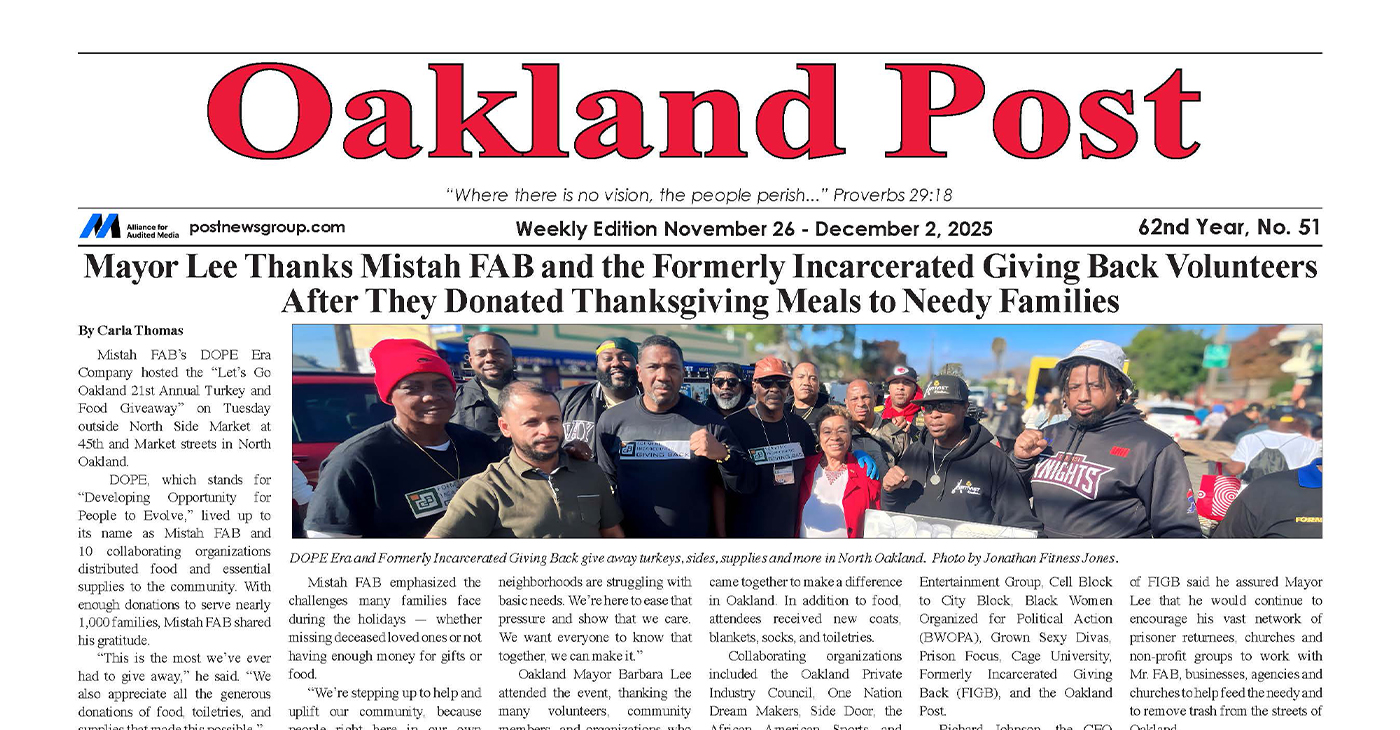
To enlarge your view of this issue, use the slider, magnifying glass icon or full page icon in the lower right corner of the browser window.
Activism
Oakland Post: Week of November 19 – 25, 2025
The printed Weekly Edition of the Oakland Post: Week of November 19 – 25, 2025
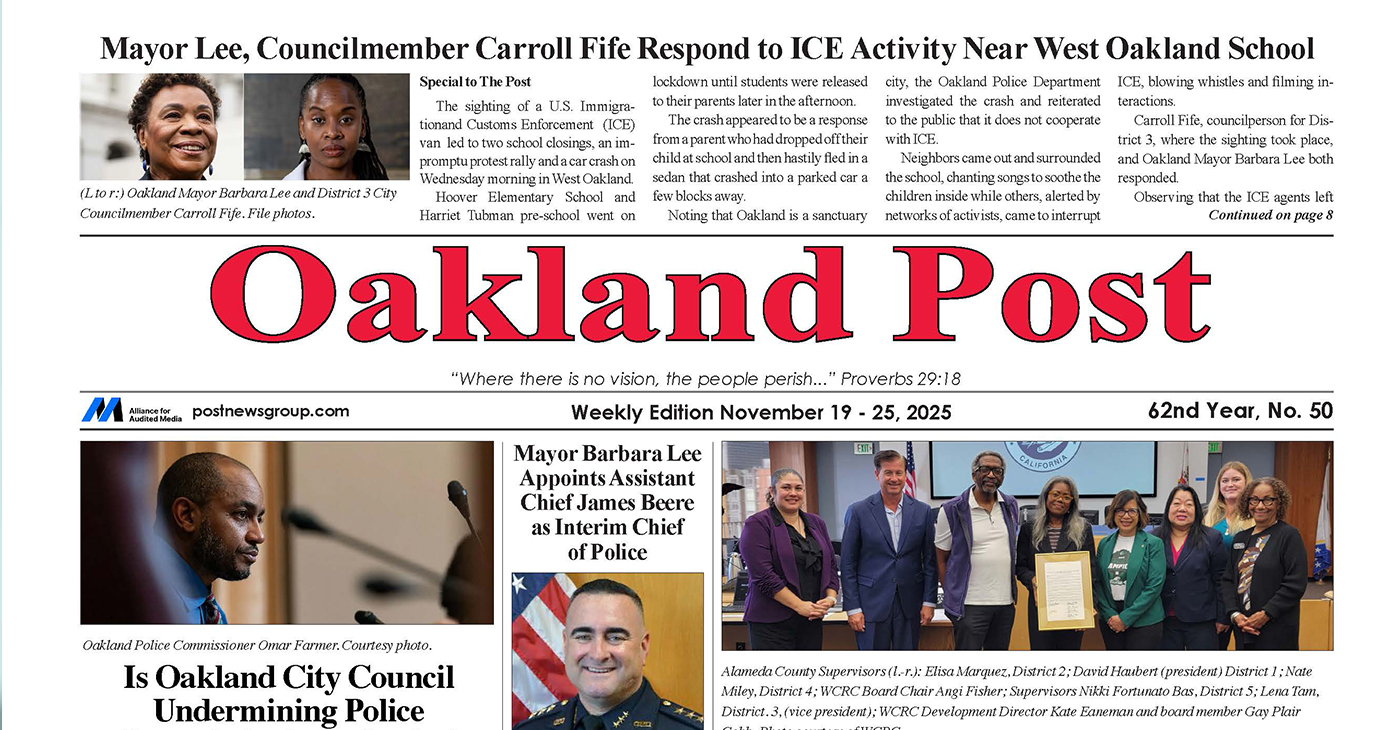
To enlarge your view of this issue, use the slider, magnifying glass icon or full page icon in the lower right corner of the browser window.
-
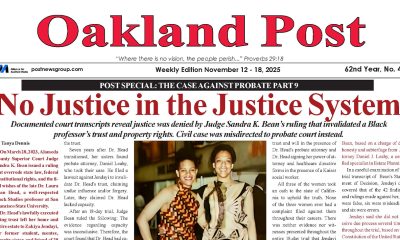
 Activism4 weeks ago
Activism4 weeks agoOakland Post: Week of November 12 – 18, 2025
-

 Activism3 weeks ago
Activism3 weeks agoIN MEMORIAM: William ‘Bill’ Patterson, 94
-

 Activism4 weeks ago
Activism4 weeks agoHow Charles R. Drew University Navigated More Than $20 Million in Fed Cuts – Still Prioritizing Students and Community Health
-

 Bay Area4 weeks ago
Bay Area4 weeks agoNo Justice in the Justice System
-

 #NNPA BlackPress3 weeks ago
#NNPA BlackPress3 weeks agoLewis Hamilton set to start LAST in Saturday Night’s Las Vegas Grand Prix
-

 #NNPA BlackPress3 weeks ago
#NNPA BlackPress3 weeks agoBeyoncé and Jay-Z make rare public appearance with Lewis Hamilton at Las Vegas Grand Prix
-
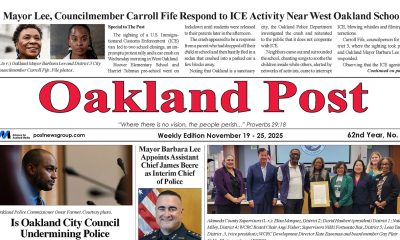
 Activism3 weeks ago
Activism3 weeks agoOakland Post: Week of November 19 – 25, 2025
-

 #NNPA BlackPress4 weeks ago
#NNPA BlackPress4 weeks agoThe Perfumed Hand of Hypocrisy: Trump Hosted Former Terror Suspect While America Condemns a Muslim Mayor












